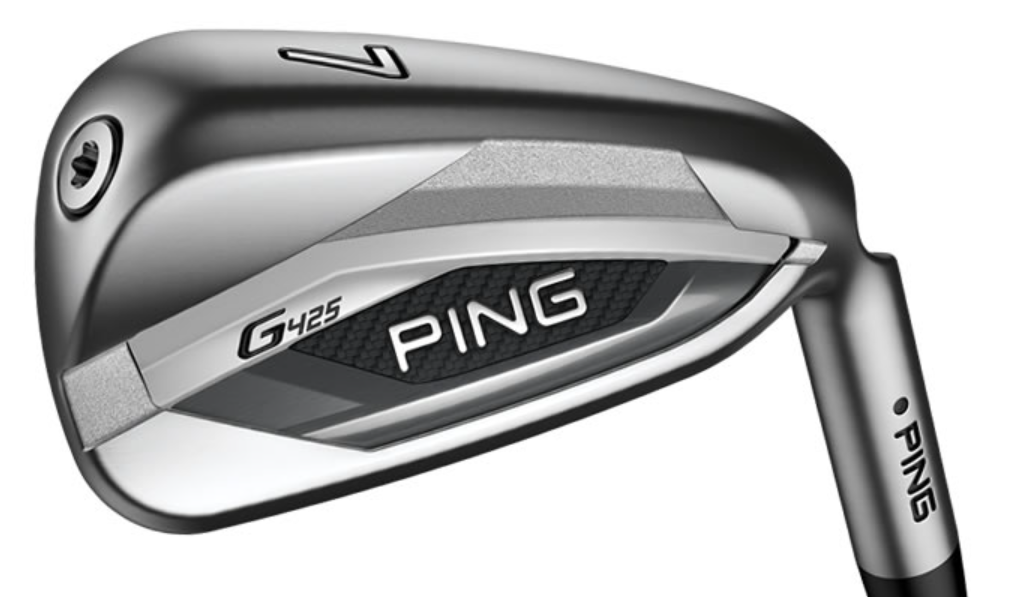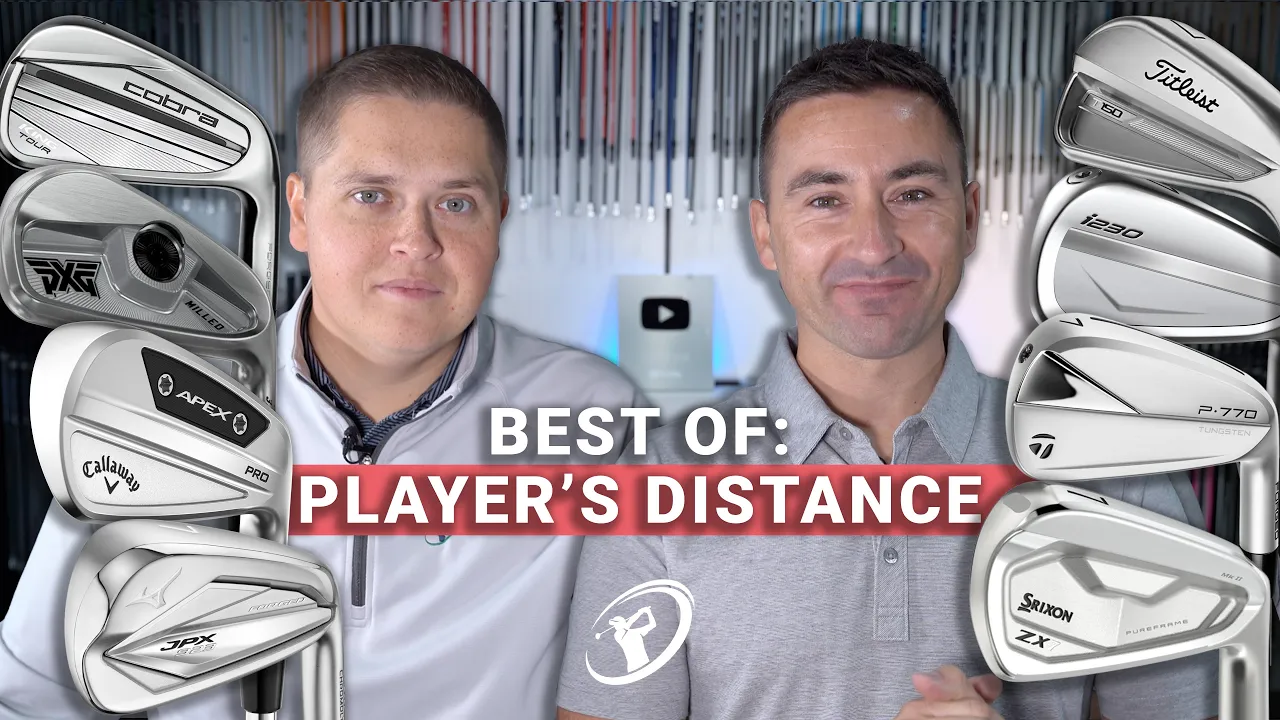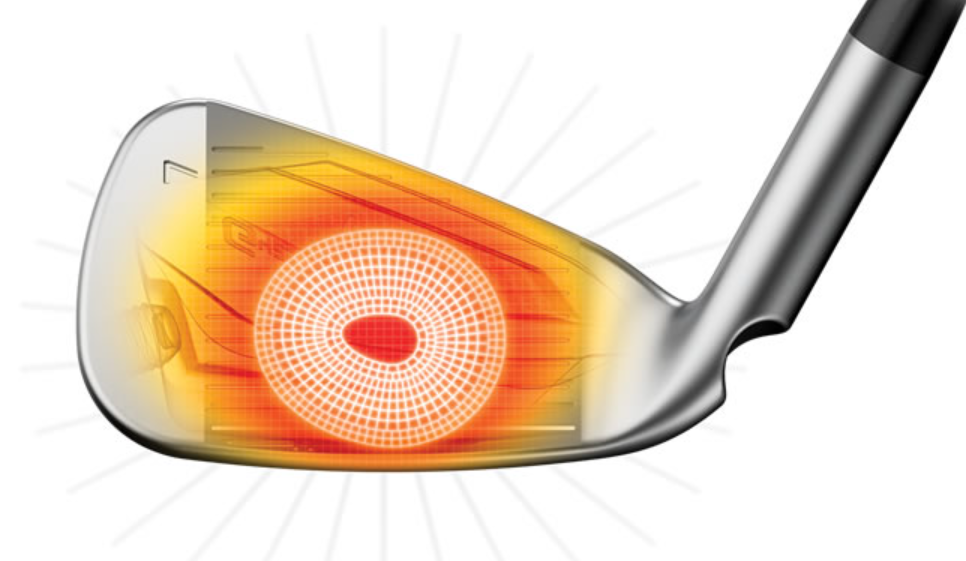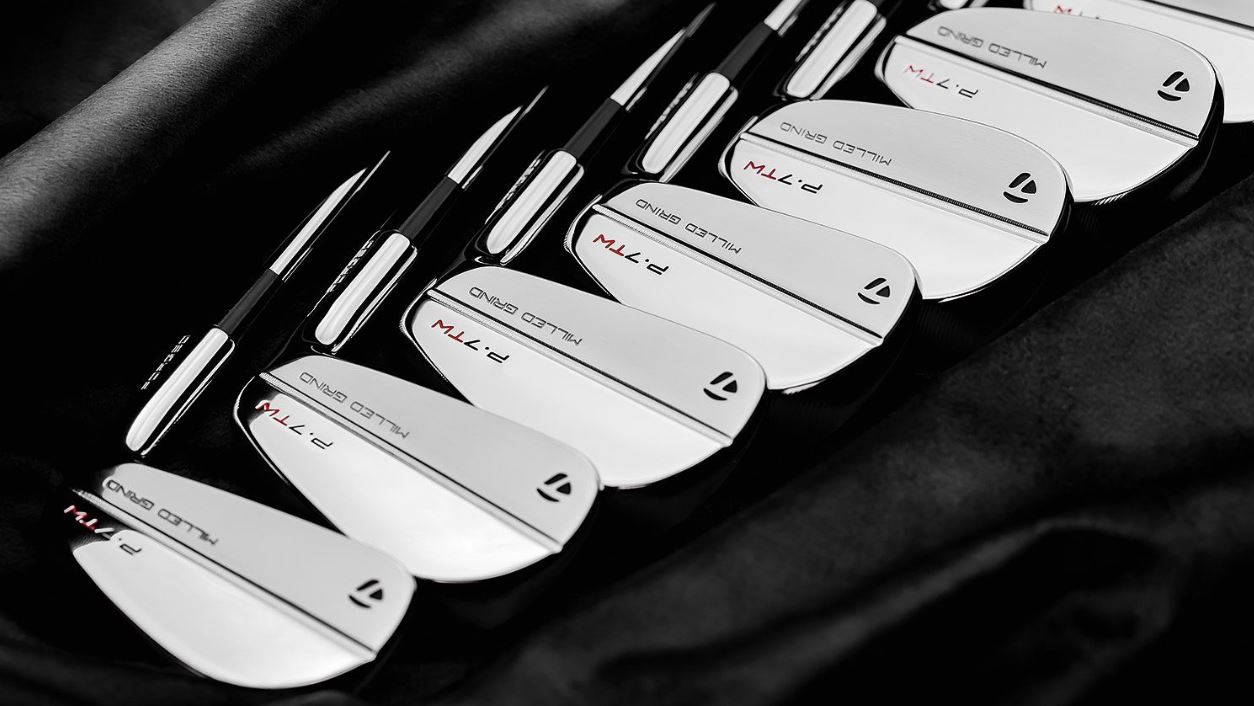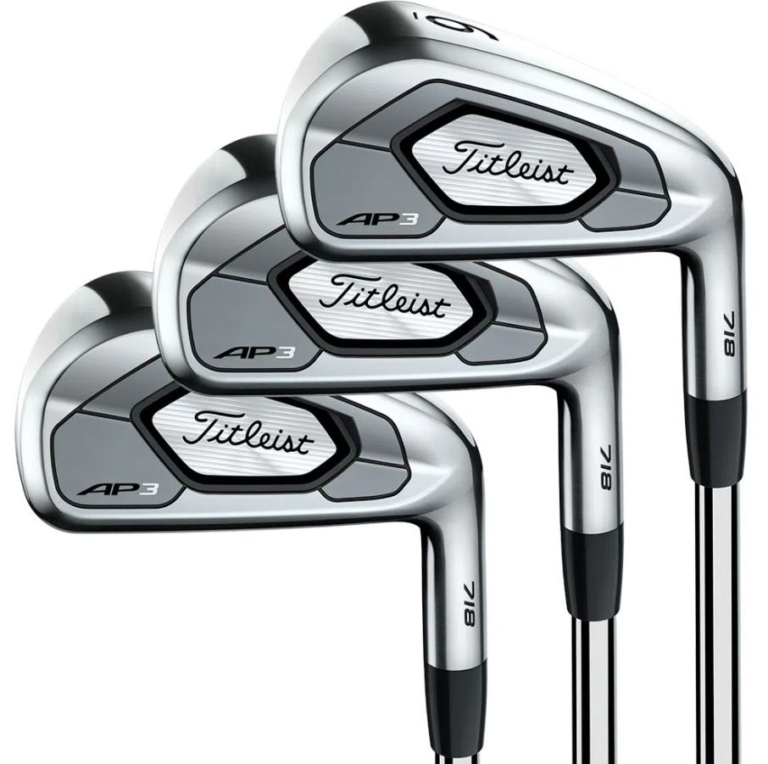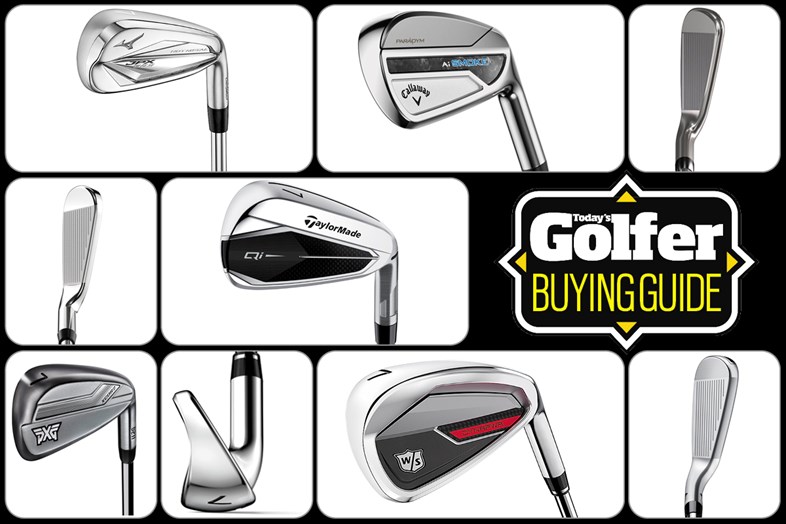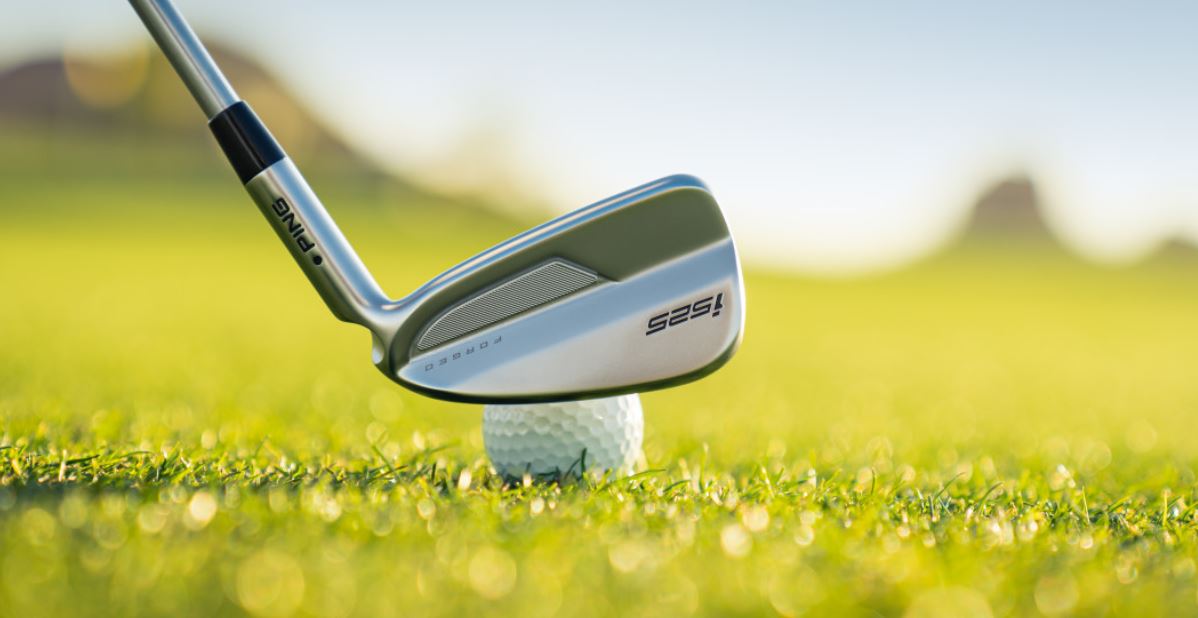Game Improvement Irons Vs Players Distance Irons

The golf equipment landscape is a battleground where technology and marketing collide, promising golfers of all skill levels the holy grail of distance and accuracy. At the heart of this contest lies a fundamental choice for many: game improvement irons versus player's distance irons. The decision can significantly impact a player’s performance and enjoyment of the game.
This article cuts through the marketing hype to provide an in-depth comparison of these two iron categories. We'll explore their design philosophies, intended users, performance characteristics, and future trends. We'll arm you with the knowledge to make an informed decision that aligns with your game and aspirations.
Design Philosophy: Forgiveness vs. Workability
Game improvement irons are built with forgiveness as their core principle. Manufacturers employ features like larger clubheads, wider soles, and perimeter weighting. The aim is to maximize Moment of Inertia (MOI), making the club more resistant to twisting on off-center hits.
This translates to straighter shots and reduced distance loss even when the ball isn't struck perfectly. Many game improvement irons also feature lower and deeper centers of gravity (CG). This promotes higher launch angles and easier lift, particularly beneficial for golfers with slower swing speeds.
Player's distance irons offer a blend of distance and control. They typically feature sleeker designs with thinner top lines, narrower soles, and less offset. The emphasis is on providing a more workable club that allows skilled players to shape shots and control ball flight.
While they incorporate distance-enhancing technologies like hollow-body constructions and face inserts, they prioritize feel and feedback. According to Golf Digest's equipment testing, players distance irons generally provide less forgiveness than game improvement irons, but offer enhanced control over shot trajectory.
Intended User: Handicap and Skill Level
Game improvement irons are generally recommended for high-handicap golfers and beginners. These players need assistance in achieving consistent ball striking and maximizing distance on mishits. The larger sweet spot and forgiving nature of these clubs help to minimize the impact of swing flaws.
Player's distance irons are often favored by mid-handicap golfers seeking more distance without sacrificing too much feel and control. These players have a more consistent swing and can benefit from the added workability these irons offer.
"It really comes down to what you're looking for in your iron play," says John Doe, a certified PGA teaching professional. "If you need help getting the ball in the air and hitting it straight, a game improvement iron is likely the better choice. If you want to shape shots and fine-tune your trajectory, a player's distance iron might be a better fit."
Performance Characteristics: Distance, Accuracy, and Feel
Game improvement irons tend to produce higher launch angles and greater carry distance. The larger sweet spot and perimeter weighting contribute to improved accuracy, particularly on off-center hits. While feel might be slightly muted compared to player's irons, modern game improvement irons still provide ample feedback.
Player's distance irons offer a balance of distance and accuracy. They often feature thinner, more responsive faces that generate faster ball speeds. The smaller clubheads and reduced offset allow for greater control over shot shape and trajectory.
Feel is a key consideration for players opting for this category. They are willing to sacrifice some forgiveness for enhanced feedback and a more connected feel at impact. Independent testing by MyGolfSpy consistently shows that player's distance irons provide a more solid and responsive feel compared to game improvement offerings.
Future Trends: Bridging the Gap
The line between game improvement and player's distance irons is becoming increasingly blurred. Manufacturers are incorporating technologies from both categories into new designs, creating clubs that offer a blend of forgiveness, distance, and feel.
Expect to see more irons with variable face thicknesses and strategically placed weighting. This trend is expected to optimize performance across the entire clubface. 3D printing and advanced materials will also play a larger role in iron design.
Ultimately, the choice between game improvement and player's distance irons depends on your individual needs and preferences. Testing both types of irons on a launch monitor is highly recommended to determine which category best suits your game.

